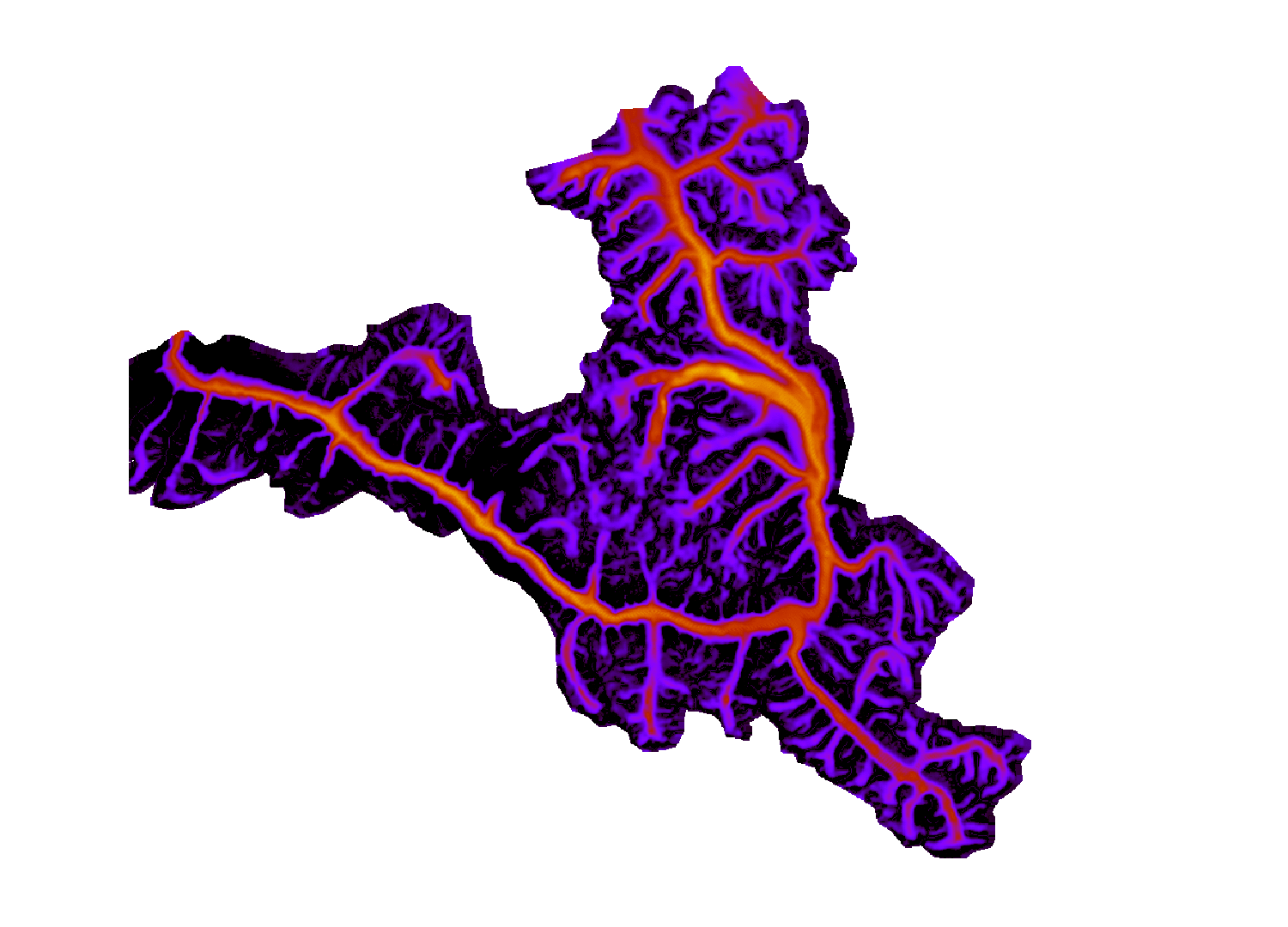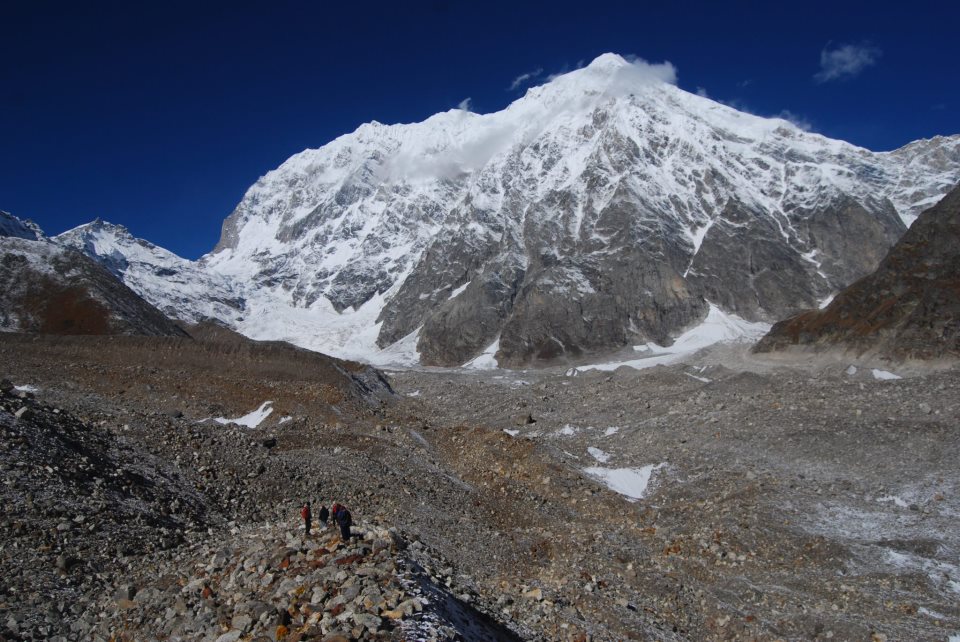Climate change and shrinking Himalayan glaciers

The recent changes in Himalayan glaciers have generated a lot of scientific and public interest. Siginficant advances have been achieved in quantifying these changes and, to some extent, in understanding the underlying physical mechanisms. However, we are still quite far away from being able to predict the fate of the Himalayan cryosphere over the next hundred years or so with confidence.
A prevalence of debris-covered glaciers is a major complicating factor as far as the response of Himalayan glaciers to a changing climate is concerned. The naive expectation was that the insulating debris-cover would limit the ice loss in the Himalaya. However, large-scale satellite measurements did not reveal any such effect. Our research (The Cryosphere, 2017) have provided explanation to this puzzle. As climate warms up, debris cover can only provide temporary relief for the glaciers. The ice-loss on debris-covered glaciers continues for a longer period, leading to a higher loss on the long run.
Our model simulations (Journal of Glaciology, 2013) have shown debris-covered glaciers go into a stagnant phase in response to warming. Such a glacier develops a slow-flowing tongue and loses mass by thinning, but does not show any significant length retreat. These results were consistent with recent large-scale remote-sensing observations from Himalayan debris-covered glaciers.
In some of our past (Annals of Glaciology, 2016) and ongoing projects, we have also looked at century to millennial-scale glacier fluctuation using simple zero, one and two-dimensional models of glacier response. The overall aim is to improve the predictabilty as far as future of mountain glaciers are concerned.
Mass-balance processes on debris-covered Himalayan glaciers
The steep valley walls in the Himalaya induce strong avalanche activitites on many Himalayan glaciers. Neglecting this contribution potentially led to inflated mass-loss estimates on several Himalayan glaciers. We provided the first quantification (Annals of Glaciology, 2017) of this bias on three glaciers, detecting an avalanche contribute more than 95% on each of them.
Weathering of the steep valley walls is associated with the formation of a supraglacial mantle over the lower part of the glacier. Systematic and random variations of debris thickness influences the sub-debris surface melt. We conducted three-year long measurement program on Satopanth Glacier, central Himalaya to study this effect, and developed a method to incorporate the effects of debris-thickness flactuation in estmating the total sub-debris melt (Journal of Glaciology, 2019) .
Landscape Evolution

Debris-covered glaciers are like conveyor belts, transporting a significant load of supraglacial debris down-valley. We quantified of the debris flux on eight Himalayan debris-covered glaciers to show that headwall erosion rates in the Himalaya decline exponentially with mean headwall temperature (Earth and Planetary Science Letter, 2018). This phenomenon, related to the temperature dependence of frost-cracking intensity, is crucial for creating and sustaining the spectacular relief and elevation in the Himalaya.
The passive-margin Great Escapements are some of the most enigmatic landforms on Earth. We reported a striking similarity among the escarpments all over the world - they tend to have a power-law profile independent of their age of origin, geology or climate (Journal of Geophysical Research - Earth surface, 2018). This feature was explained with the help of a stream-power based erosional evolution model. We also provided the first systematic estimate of the headward-retreat rates of three great escarpments.

